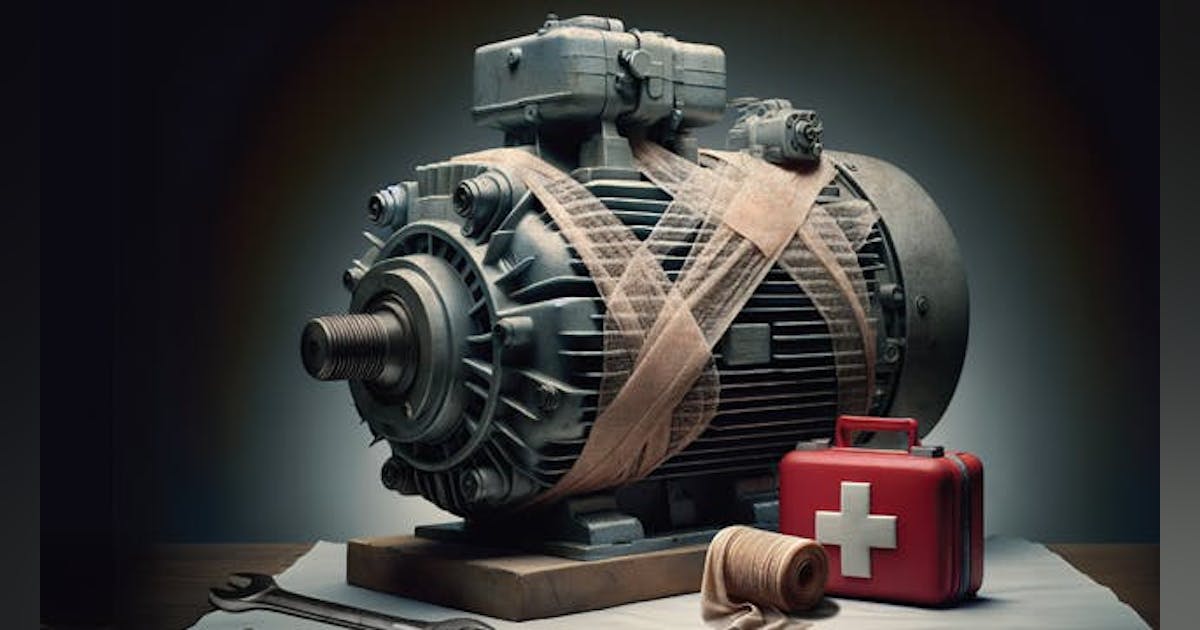4 factors impacting electric motor maintenance, according to plant professionals

Ron's take When I saw this part of the survey, it made me think about a recent failure scenario that happened to me: I had a tire that went flat on my truck in the middle of a freeway in Dallas. The tires were pretty new, but I caught a nail in one, and of course it was a model had been discontinued, so I had to buy a replacement tire that's a little bit different from the dealer tire.
When that happens it's not a good idea to buy just one tire that's different, you have to buy two. I think those same sentiments often happen with electric motor repairs. If you have a motor where everything lines up and fits just like it's supposed to when you need to repair or replace it, and the spare is an identical unit, you don't have to worry about adaptability or modification to any external components.
Having assurances that repair or replacement can be done efficiently without much re-engineering, and you've done what you're supposed to do and have an identical spare, you can put your spare in, send the failed motor to the shop, and now you don't have installation issues. Cost will always be a factor, and supply chain issues have been a big factor in recent years - we just haven't been able to get some of the motors lately. And here's an often overlooked aspect of repairing electric motors by your local service provider: we're some of the greenest folks you could have out there because we're recycling just about everything when it comes to electric motors - the copper, the steel, the bearings, all of that.
When you put all these factors together, it just oftentimes makes more sense to repair versus replace. It's a motor-by-motor decision, but lately it sure seems to be a more viable trend to repair versus replace. Justin's take
If there are sustainability approaches for an organization, repair can play a big role instead of disposing of that motor. I also think there's a factor here of inflation where there have been some drastic increases of new motor price, sometimes 30-40-50% price increases. So if supply chain keeps you from getting the right motor, and they're more expensive, you're going to end up repairing the one you have.
Ron made a good point about direct replacement of units as well. Motor connection box locations have changed a lot over the years. Where there used to be the traditional side-mounted location (called F1 or F2), a lot of motor manufacturers have switched to a more global design where the connection box may still end up on the right side or the left side, but it now may come out the top and then is manipulated to be F1 or F2.
If you have conduit cemented in, that can sometimes give issues on where you can put a motor, so repairing it gives a is a lot easier option many times because it's less headaches. I think people have gone through those headaches where they replaced a motor and said, hey, give me the newest up-to-date efficient one. Then it comes in and it doesn't fit in the application, and they don't want to deal with all those things again.
They'd rather even pay a little more to have it repaired in order to not have the headaches that happen with it, especially if the repair is done by a qualified provider, which is what the data are telling us.